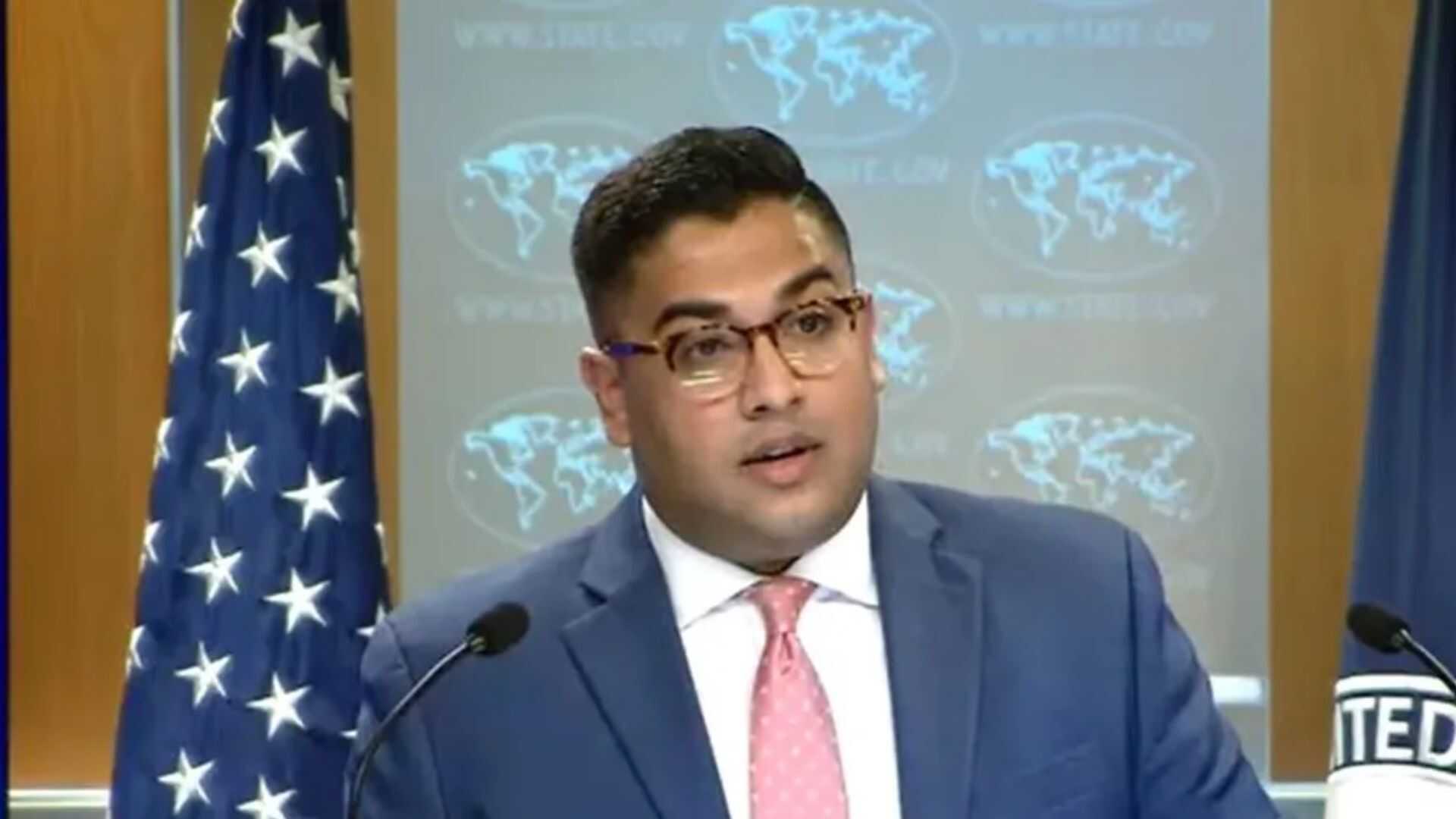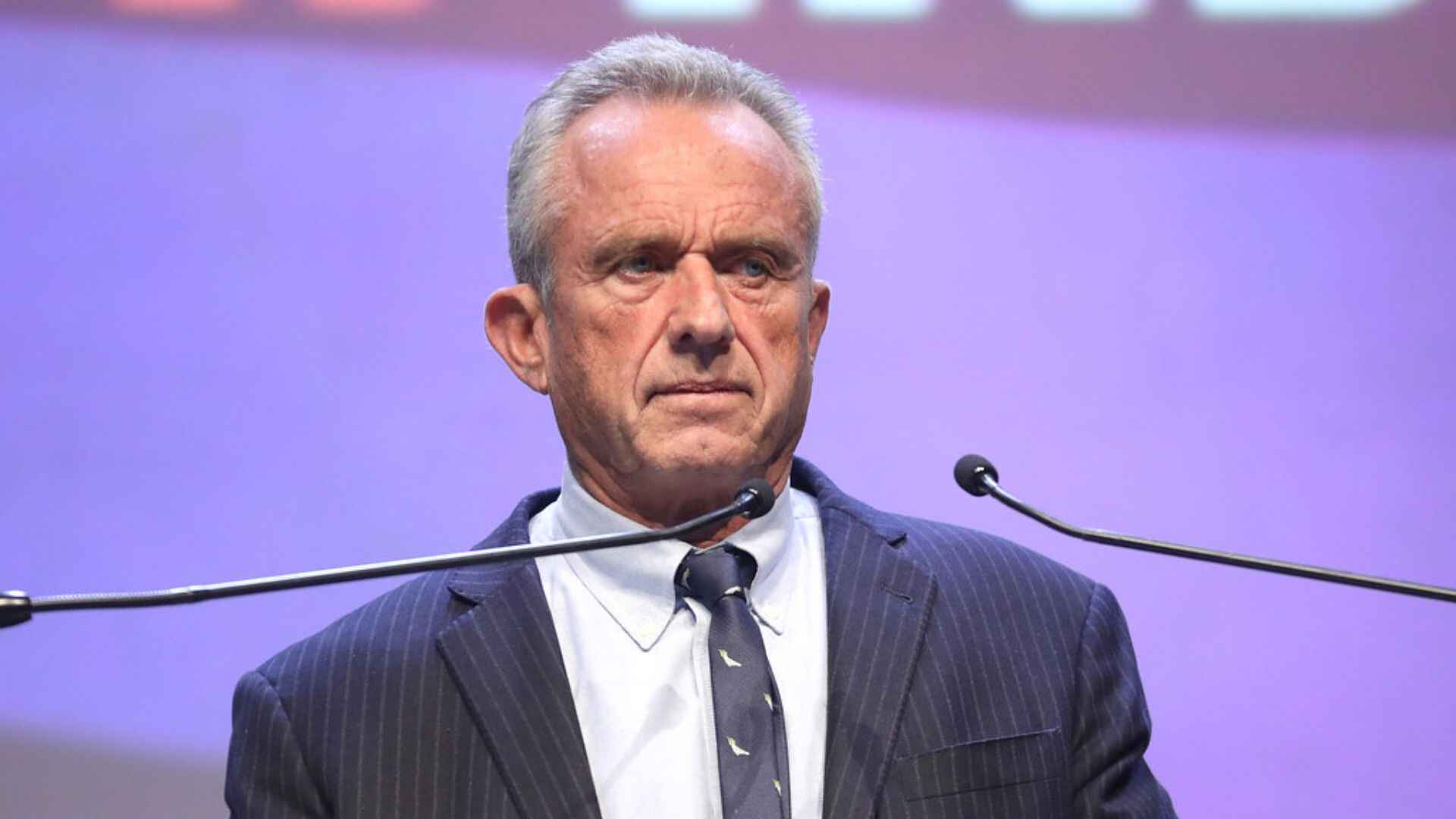
It was 2014. Consequent to the “findings” in a CAG report and subsequent endorsement of the report by the Supreme Court, all hell seemed to have broken loose in the coal sector. I was posted as Coal Secretary to clear the mess. In the following couple of years, the coal sector was resurrected. However, what I witnessed in another Ministry, New and Renewable Energy, that was under the same Minister, Piyush Goyal was nothing short of a miracle. And, the miracle man was Upendra Tripathi, an IAS officer who had already earned accolades while working in his own state, Karnataka
Upendra who had never worked in the field of energy earlier, (except in the Petroleum sector way back in early 90s) took charge as Secretary to the Government of India in the Ministry of New and Renewable Energy (MNRE). This Ministry had been created by the Government of India in early 80s as a response to global oil crisis. It was beset with precarious financial situation in April 2014. Against an annual budget of Rs 1500 crore (around US $ 214 million), the subsidy arrears to the States for completed activities was INR 3300 crore (around US $ 471 Million). The Ministry was grappling to fund subsidy arrears. However, all this changed May, 2014. A new government came to power at the centre. Narendra Modi, the new PM who had written a book, “Convenient Action” as a response to Al Gore’s “Inconvenient Truth”, called Upendra for a discussion. He wanted to know if India could have 100 GW of solar power by 2022. Upendra answered in the affirmative in the context of millions of hectares of wastelands in the country. What he did not know at that point was that, just before he had joined, his predecessor had sent a detailed letter to the Prime Minister’s office that the proposition of 100000 MW of solar by 2022 against the existing target of 20000 MW was impossible – there was no land, no money, no demand and no wherewithal.
Having promised to the PM that the target was not a challenge, Upendra soon discovered the ground reality. The challenge now was how to plan for this huge target and convince the Cabinet and other stakeholders that 100 GW of solar for India was both desirable and doable without any substantial investment from the Government of India.
The key to the solution lay in the creation of a policy ecosystem of land, labor, capital and technology and sell this dream to the global galaxy of investors as real and profitable. India did have the famous solar mission since 2010. Hence, there was some institutional mechanism already available. Upendra evolved a four-fold strategy:
(1) Making full use of two Public sector entities under the Ministry, a SECI-IREDA model of mutual cooperation for solar deployment between a developer (Solar Energy Corporation of India) an investor (Indian Renewable Energy Development Agency) was created. The later invested for 50 MW of solar power in Kerala to reap financial benefit over next 30 years by selling power to the State of Kerala and SECI implemented the project as EPC contractor. This project became a pilot and a case study or future investments. This was a very practical move to demonstrate to the world at large that MNRE could find buyers, investors and developers to finance and implement bankable and profitable projects. The investment could be recovered in the first seven years and the rest of the project life of 23 years was for generating surplus.
(2) Brainstorming with colleagues and Industry brought forth the idea of a global summit of investors. This was deliberated at length and finalized. It was christened Renewable Energy–Invest or RE-Invest in brief. (Incidentally, the third edition of RE-Invest was recently held by the Government of India.) RE-INVEST became both a brand and a signature event for the Ministry which organized such an investment focused mega- event in February, 2015 with two unique and innovative add-ons — Green Energy Commitment Certificates to invest in solar projects and Green Finance Commitment certificates to finance such projects. The top ten certificates of commitment providers were handed over the certificates during the inaugural event of RE-INVEST by the Prime Minister himself. There were 462 corporates who committed to deploy 287 GW of renewable energy projects by the year 2022. 40 Financial Institutions committed up to US $ 78.75 Trillion @ one million US $/MW. This provided the blueprint for the future.
(3) On the suggestion of Industry, the idea of SOLAR PARKS, (huge centralized generation centers running into thousands of MWs) was taken up. Under this dispensation, the responsibility for proving land for the projects was with the federal and provincial governments. Land acquisition in India in those days was the most complicated procedures — time consuming and litigation prone.
(4) A scheme was launched to train 57000 Suryamitras (Friends of the Sun) as solar mechanics, constituting a workforce that the industry badly needed. The capacity building measure was financed by the Government and implemented by State Renewable Energy agencies that were brought together in a common platform called the Association of the Renewable Energy Agencies of the States (AREAS).
The rest, as they say, is history. Over the years since 2015-16, India has commissioned 38 GW of solar projects and is well on its way to achieving the most ambitious target set as a part of one of the biggest solar energy expansion programmes in the world. Recognizing the phenomenal work done by Upendra, he was chosen as the founding Director General of the International Solar Alliance, the multilateral body that has a target of mobilizing more than US $ 1000 billion by 2030 in ISA member countries and pursues more innovative ideas such as the World Solar Bank and the One Sun One World and One Grid.
Upendra Tripathy demonstrated that civil servants can be visionaries and through meticulous planning and collaborative implementation, they can make-it-happen on the ground
Anil Swarup has served as the head of the Project Monitoring Group, which is currently under the Prime Minister’s Offic. He has also served as Secretary, Ministry of Coal and Secretary, Ministry of School Education.















